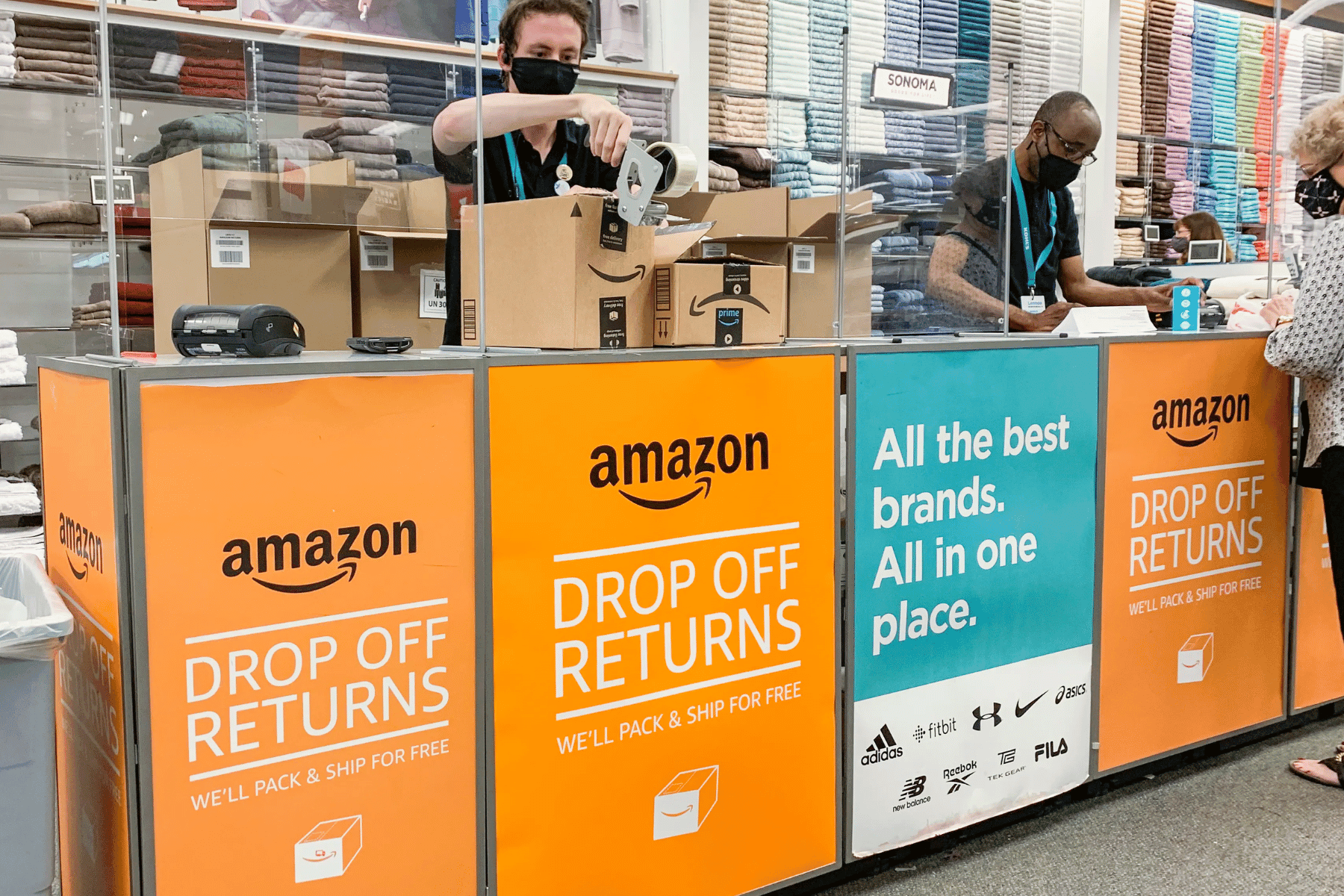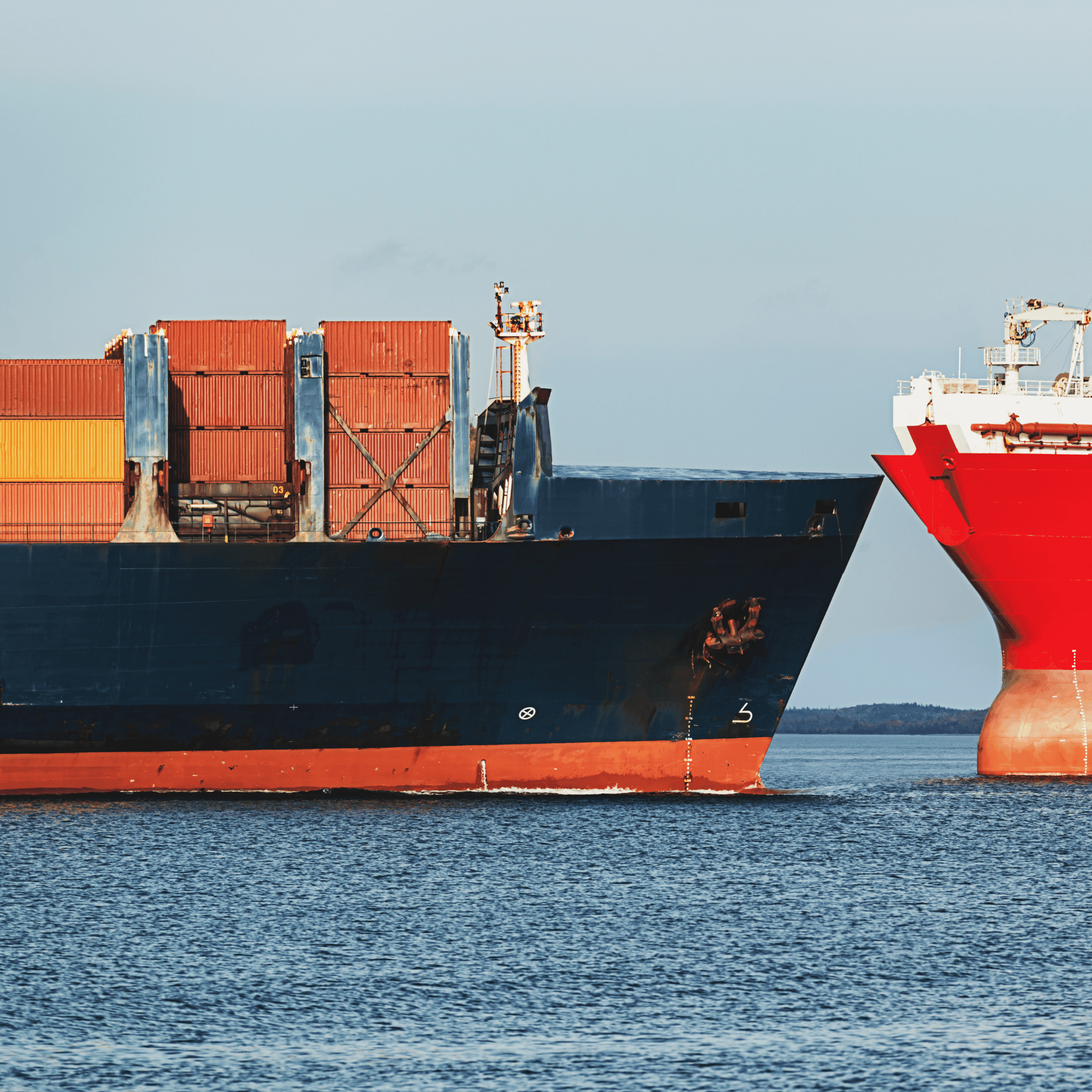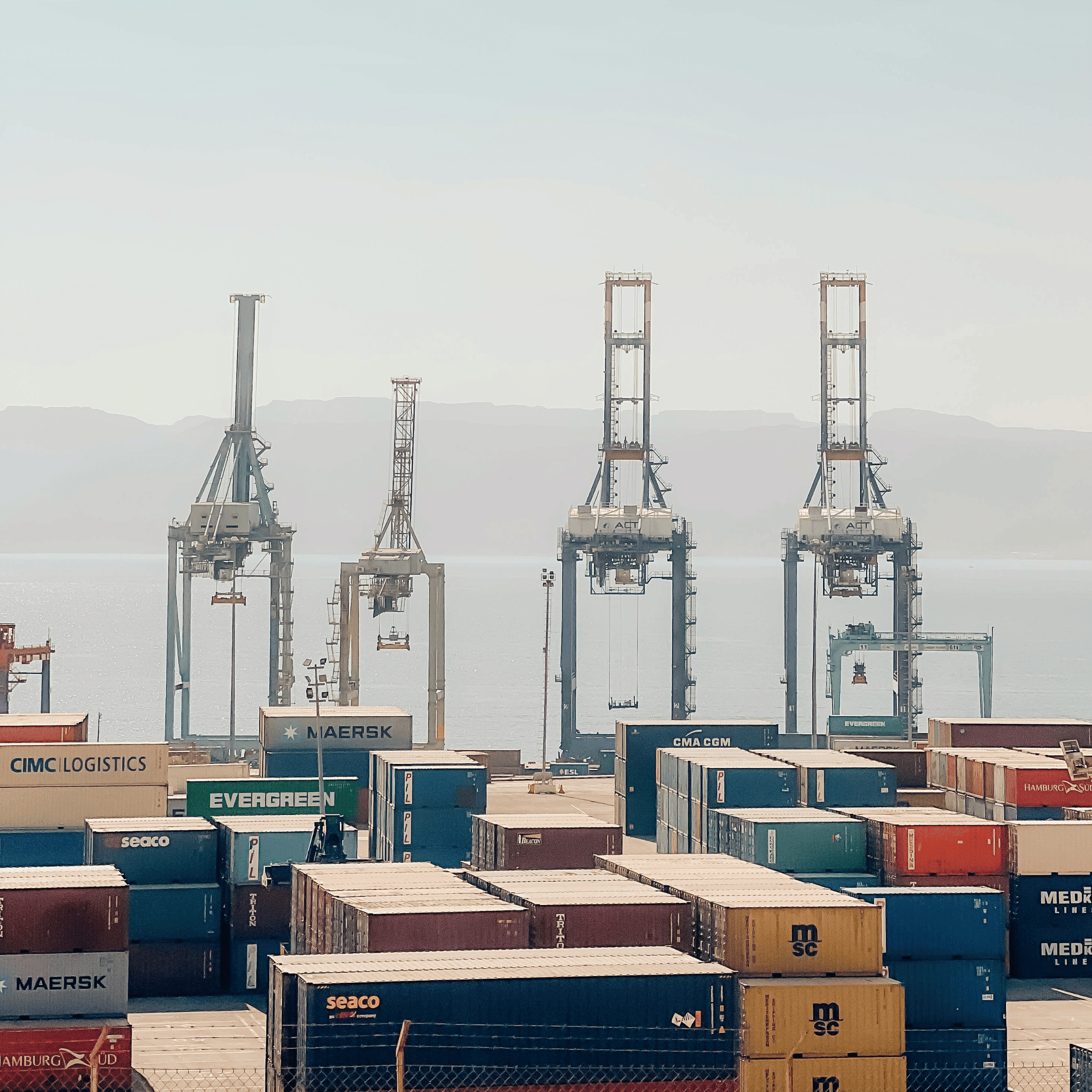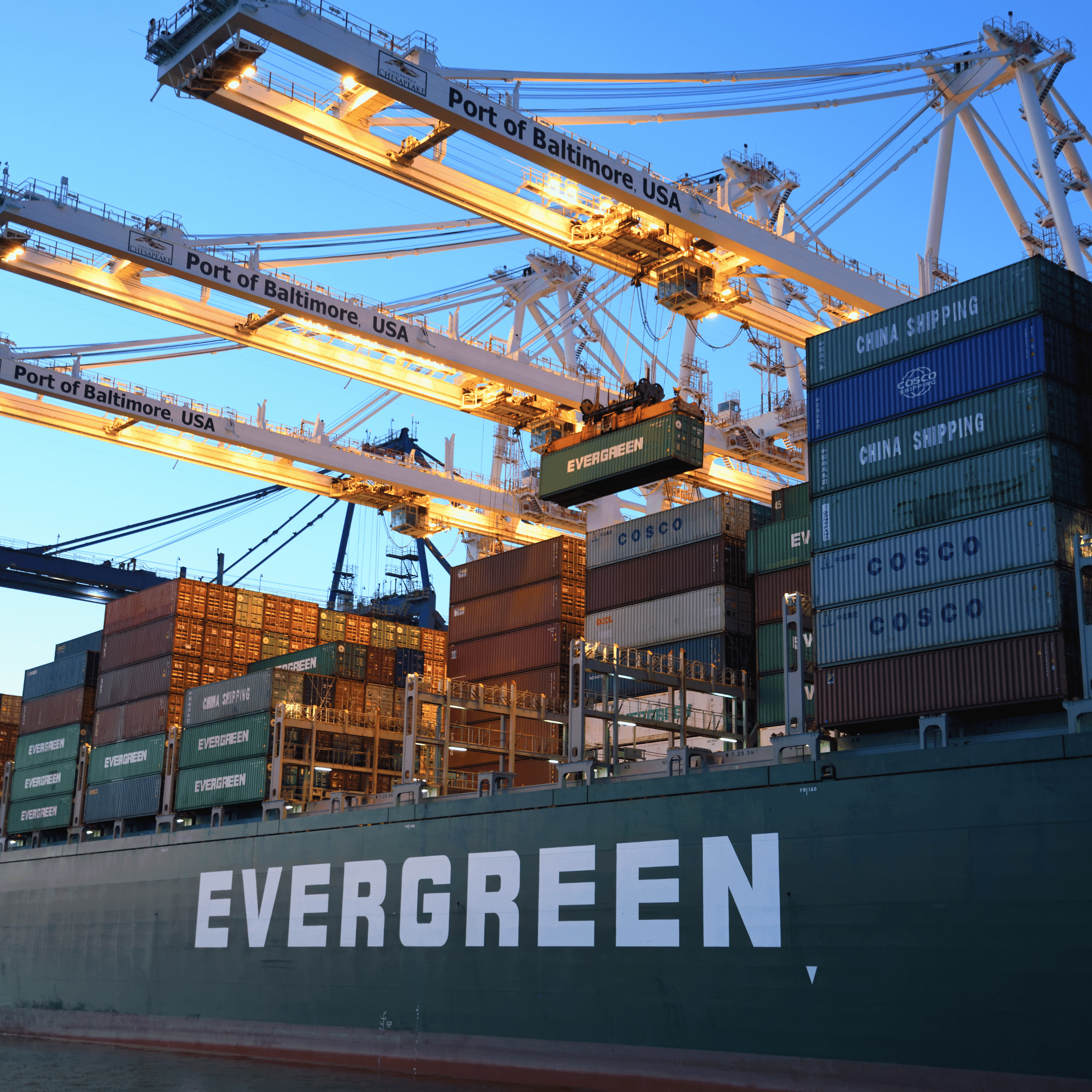Reverse logistics, often seen as the “flip side” of the supply chain, is a system dedicated to managing the flow of goods from the point of consumption back to the point of origin. While the primary logistics focus has traditionally been on getting products to consumers, the rise of e-commerce and the importance of sustainability have catapulted reverse logistics into the limelight. Third-Party Logistics (3PL) providers have, consequently, developed sophisticated methods to streamline returns and exchanges for businesses. This article delves into how 3PLs have managed to master this complex process seamlessly.
Understanding Reverse Logistics
Before diving into the strategies, it’s vital to comprehend the significance of reverse logistics. This process encompasses activities like returns, repairs, maintenance, recycling, remanufacturing, and even disposal. In a world where consumers demand quick and hassle-free returns or exchanges, the efficiency of a company’s reverse logistics system can be a significant differentiator in the competitive market.
The Role of 3PLs in Reverse Logistics
Centralized Return Centers: Most 3PLs establish centralized return centers that act as hubs for all returned products. These centers are strategically located to minimize transportation costs and are equipped with technology to speed up processing and disposition of returns.
Advanced Technology Integration: 3PLs leverage technology to streamline the return process. This includes barcode scanners, RFID tags, and integrated software systems that provide real-time tracking, ensuring transparency throughout the returns journey.
Flexible Return Policies: By analyzing data and customer feedback, 3PLs help businesses design flexible return policies that cater to customer needs while minimizing costs.
Inventory Management: Once a product is returned, it’s essential to determine its fate—whether it will be restocked, repaired, recycled, or disposed of. 3PLs have systems in place to make this decision quickly, often based on the product’s condition and potential resale value.
Reducing Returns: While handling returns efficiently is crucial, minimizing them in the first place is equally important. 3PLs often work with businesses to identify patterns in returns and provide insights to reduce future incidents.
Benefits of 3PL-Managed Reverse Logistics
Cost Savings: By outsourcing to 3PLs, companies can avoid the overhead costs associated with setting up and maintaining a return center, training staff, and investing in advanced technology.
Focus on Core Business: Companies can shift their focus from the intricacies of returns and exchanges to core business functions, like product development and marketing.
Improved Customer Satisfaction: Seamless return and exchange processes lead to a better customer experience, enhancing brand loyalty.
Scalability: As a business grows, the volume of returns may increase. 3PLs have the infrastructure and expertise to handle this growth without disruptions.
Sustainability: Efficient reverse logistics can reduce waste, promote recycling, and contribute to more sustainable business practices.
Challanges and the Road Ahead
Despite the advancements, there are challenges in the realm of reverse logistics. The increasing volume of returns, evolving consumer expectations, and the complexities of international returns can strain the system.
However, the future is promising. With the rise of technologies like AI and machine learning, predictive analysis can further streamline reverse logistics. Additionally, as sustainability continues to gain prominence, circular economy models may emerge, further emphasizing the importance of an efficient reverse logistics system.
Conclusion
The age-old adage, “The customer is always right,” has never been more relevant. In today’s digital age, businesses cannot afford to falter when it comes to returns and exchanges. As 3PLs continue to innovate and refine their approaches, they play a pivotal role in ensuring businesses remain agile and responsive to their customer’s needs. Thus, mastering reverse logistics through partnerships with 3PLs can be a game-changer in the competitive landscape.






